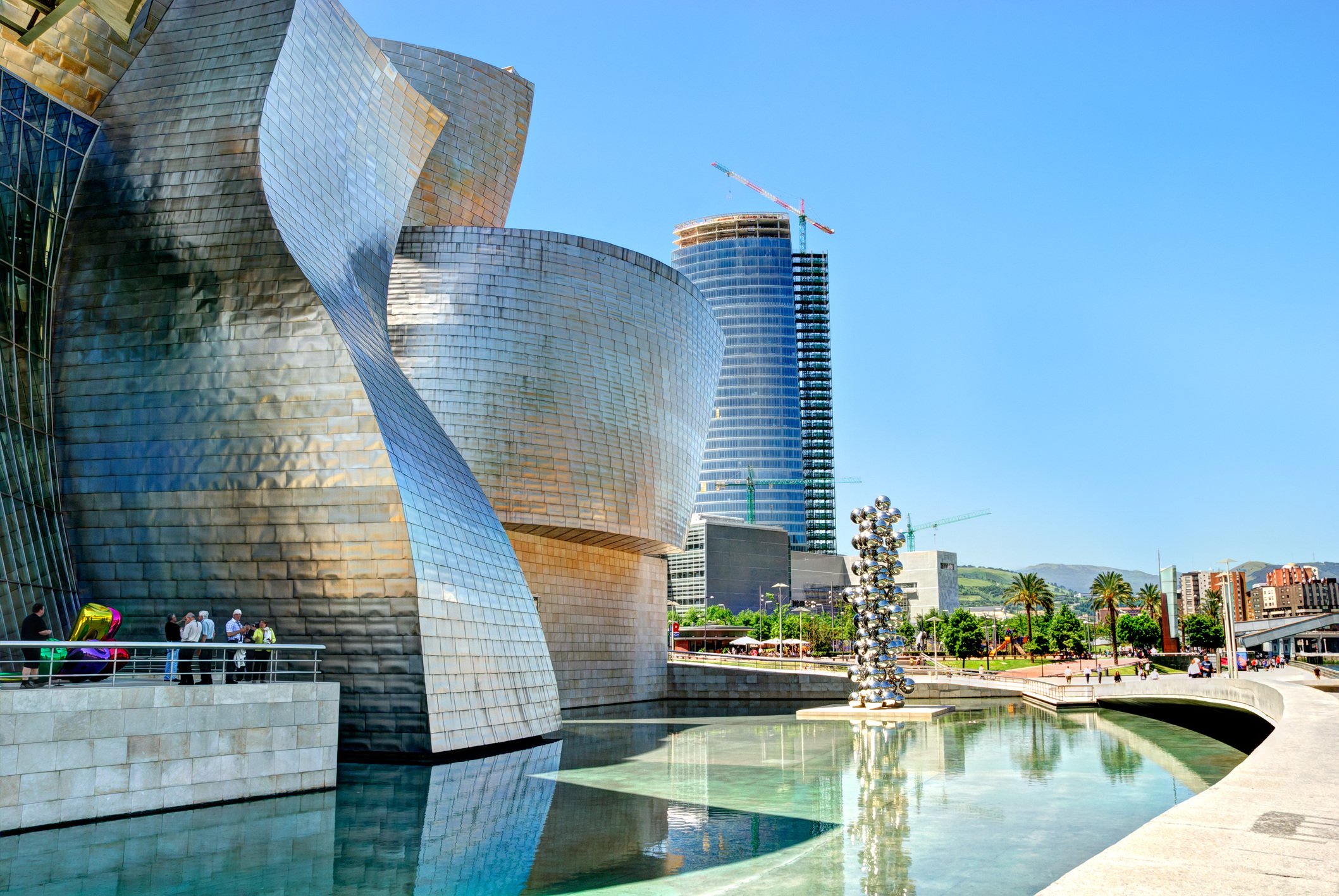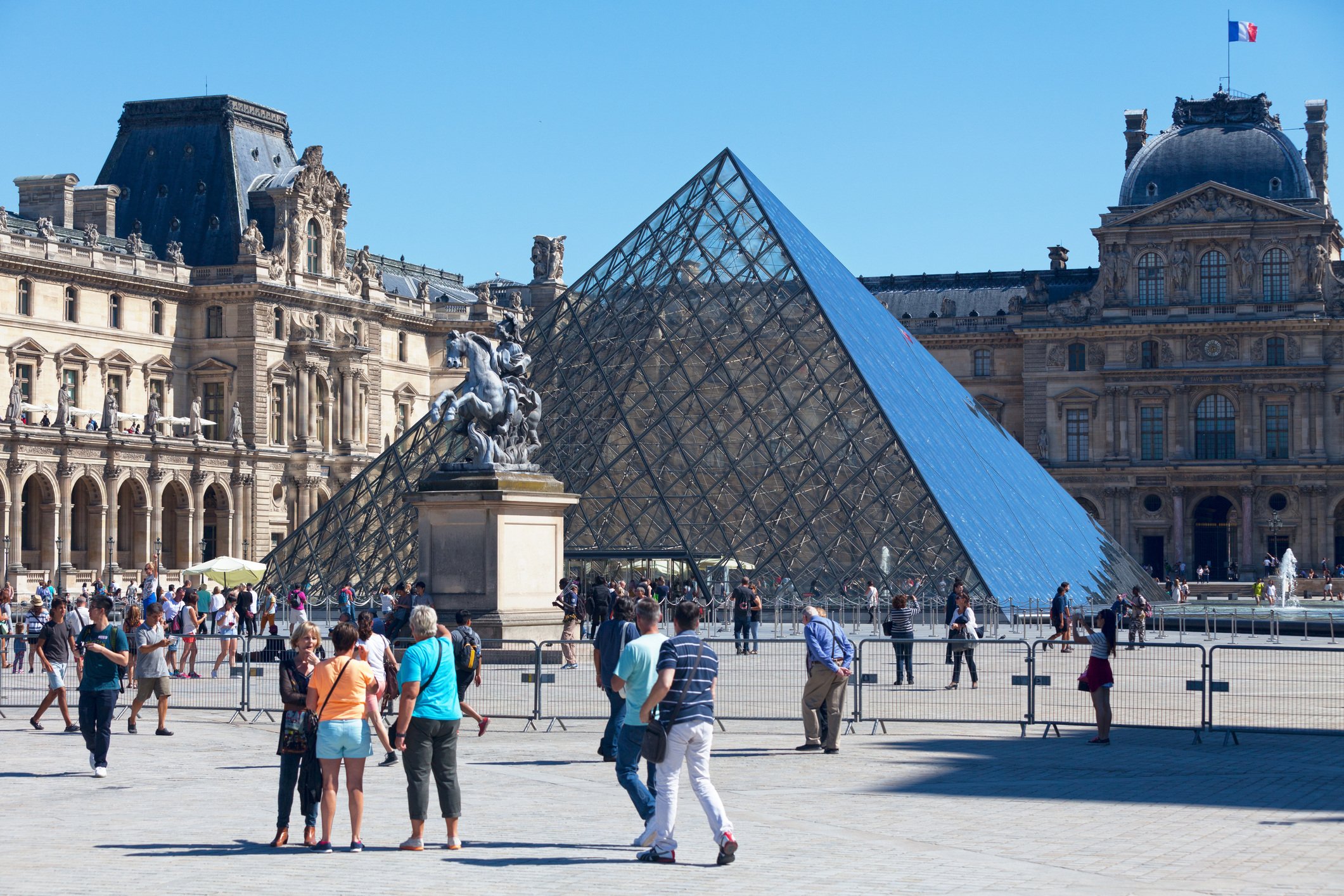The Artistry in Architecture: How Art
Transforms the Built Environment
The dynamic interplay of art and architecture has shaped and enriched our built environment, inspiring emotion, thought, and interaction. As a unique art form, architecture not only dictates the design of buildings and structures but also shapes our spatial experience and interaction within them. In this exploration, we examine inspiring ways that art influences architectural design, spotlighting iconic structures that embody this interplay and the influential artists who reflect this intersection in their work.

The Role of Art in Shaping Architecture
Art weaves its way into every facet of the design process—from conception to completion. Spanning diverse disciplines like painting, sculpture, photography, and installation art, ‘art’ contributes to the unique expression of architecture.
As EAPC Senior Architect Phil Stahl notes, “Art permeates architectural practice. We channel our understanding of various art forms into creating buildings that are both functional and expressive.”
One artist whose work resonates deeply within this context is Edward Hopper, an American painter famed for his ability to capture not only the architectural forms but also the unique moments in time that each space represents. Hopper’s artwork provides a rich palette of inspiration for architects, as it reveals the emotive potential inherent in built environments.
Crafting Atmosphere and Mood
Art and architecture converge to craft unique moods and atmospheres within built spaces. Just as a painter like Hopper masterfully captures a specific time and mood within architectural spaces, architects strategically employ materials, light, and space to create specific ambiances. The rustic warmth of wood, the gritty edge of steel, or the sense of expansiveness induced by large windows—each element parallels the painter’s brush strokes on canvas, shaping unique spatial experiences.
Embedding Narrative and Context
Like any compelling piece of literature, architecture tells a story. It communicates narratives about its purpose, cultural and geographical context, and its position in time. Architects, like artists, utilize symbols and allusions to layer meanings into their designs. Historical periods, local traditions, or artistic movements may be referenced, seamlessly integrating buildings within their cultural landscapes.
Balancing Function and Form
Sculpture art epitomizes the harmony of form and function—a principle equally paramount in architecture. Architects sculpt buildings to be functional and aesthetically appealing simultaneously, echoing the spirit of a sculptor transforming a raw marble block into a form that not only mesmerizes the observer but also serves its intended purpose.
Iconic Examples: When Art and Architecture Collide:
Guggenheim Museum, Bilbao, Spain, a brainchild of architect Frank Gehry, exemplifies the harmonious fusion of art and architecture. Drawing inspiration from fish scales and maritime themes, Gehry leveraged computer-aided design to manifest the building’s distinctive, fluid forms. Its metallic titanium skin and free-flowing shapes pay homage to the region’s industrial legacy while artistically expressing dynamism and evolution.

The Sydney Opera House, Australia’s pride, is an iconic edifice where art and architecture intertwine seamlessly. Crafted by Danish architect Jørn Utzon, this architectural marvel echoes the spirit of representational art in twentieth-century architecture. The roof, structured as shell-like forms, mirrors ship sails, thereby symbolizing Sydney’s maritime legacy. This groundbreaking design epitomizes the artistic brilliance and the robustness of architectural engineering.

The Louvre Pyramid The glass pyramid at Paris’s Louvre Museum, designed by architect I.M. Pei, showcases how art and architecture can reframe historical context with a contemporary twist. The pyramid pays homage to the grandeur of ancient Egyptian pyramids, subtly connecting the museum’s historical collection with architectural design. The modern glass edifice sharply contrasts the classical Louvre building, fostering a captivating interplay between tradition and innovation, art, and architecture.

Walt Disney Concert Hall Finally, a stellar example from the United States: the Walt Disney Concert Hall in Los Angeles. Also, designed by Frank Gehry, this concert hall features a complex, curvilinear façade that resembles a sailing ship, honoring L.A.’s maritime history. Its stainless-steel exterior panels catch the Southern California sun, making the building glow. The interiors are designed with warm wood paneling to create an intimate, inviting environment. In this project, Gehry beautifully combined aesthetics and functionality, creating a space that resembles a work of art while offering excellent acoustics for musical performances.

In conclusion, art and architecture share an intimate, dynamic connection, each inspiring and shaping the other. This harmonious relationship enables architects to create spaces that cater to practical needs, stimulate our senses, and resonate with our shared narratives.
As Phil Stahl articulates, “Architecture isn’t simply about creating shelters. It’s about crafting experiences and narratives, breathing life and emotion into our built environment. Artistic inspiration, like that provided by Edward Hopper’s evocative works, is central to that process.”

